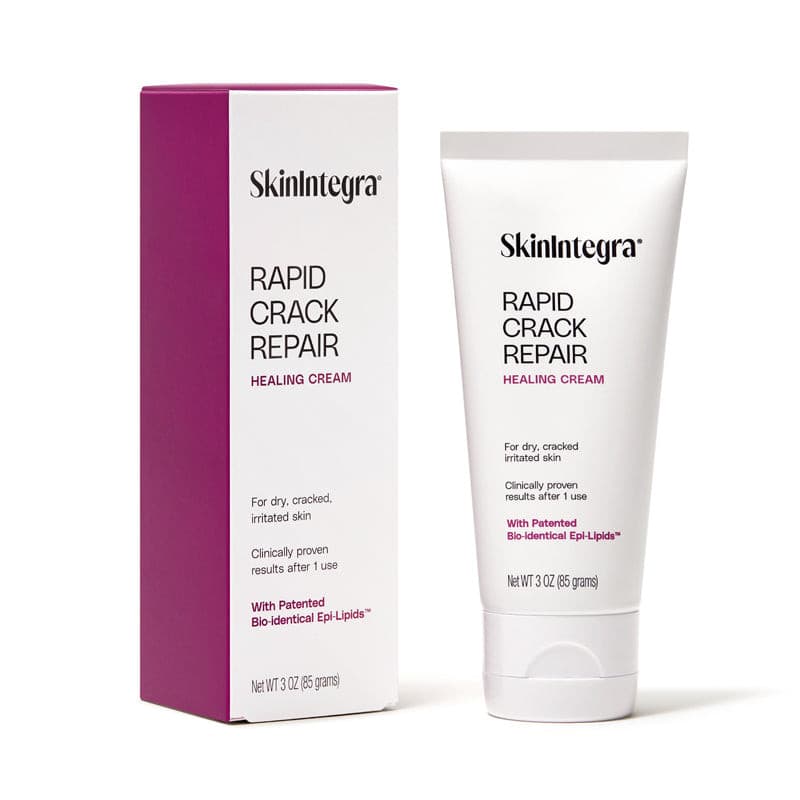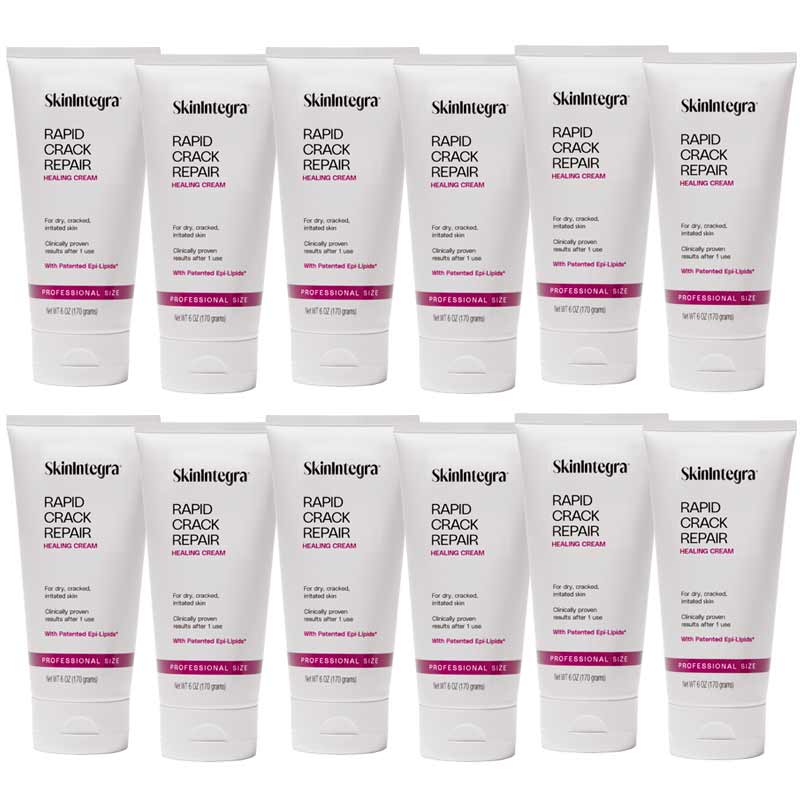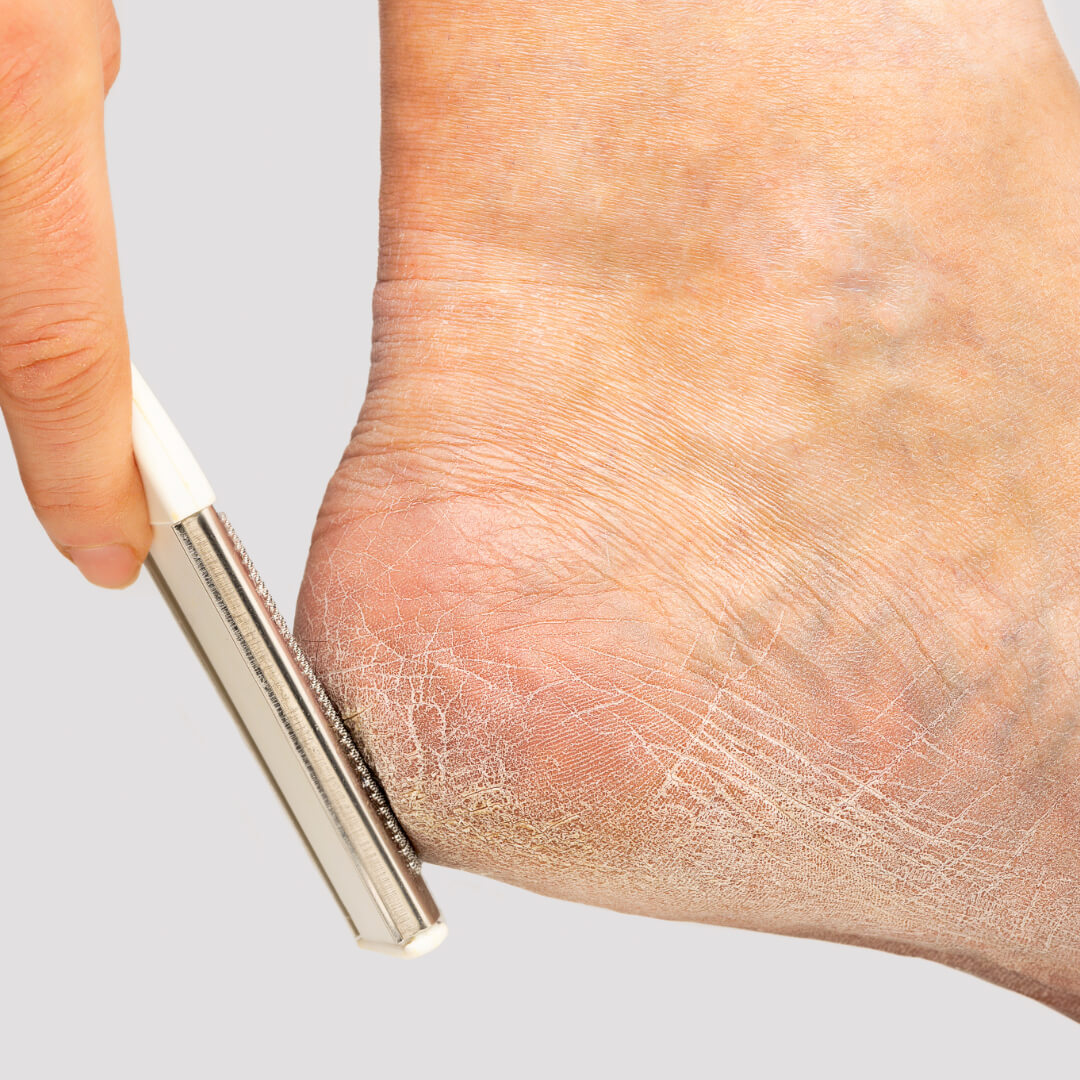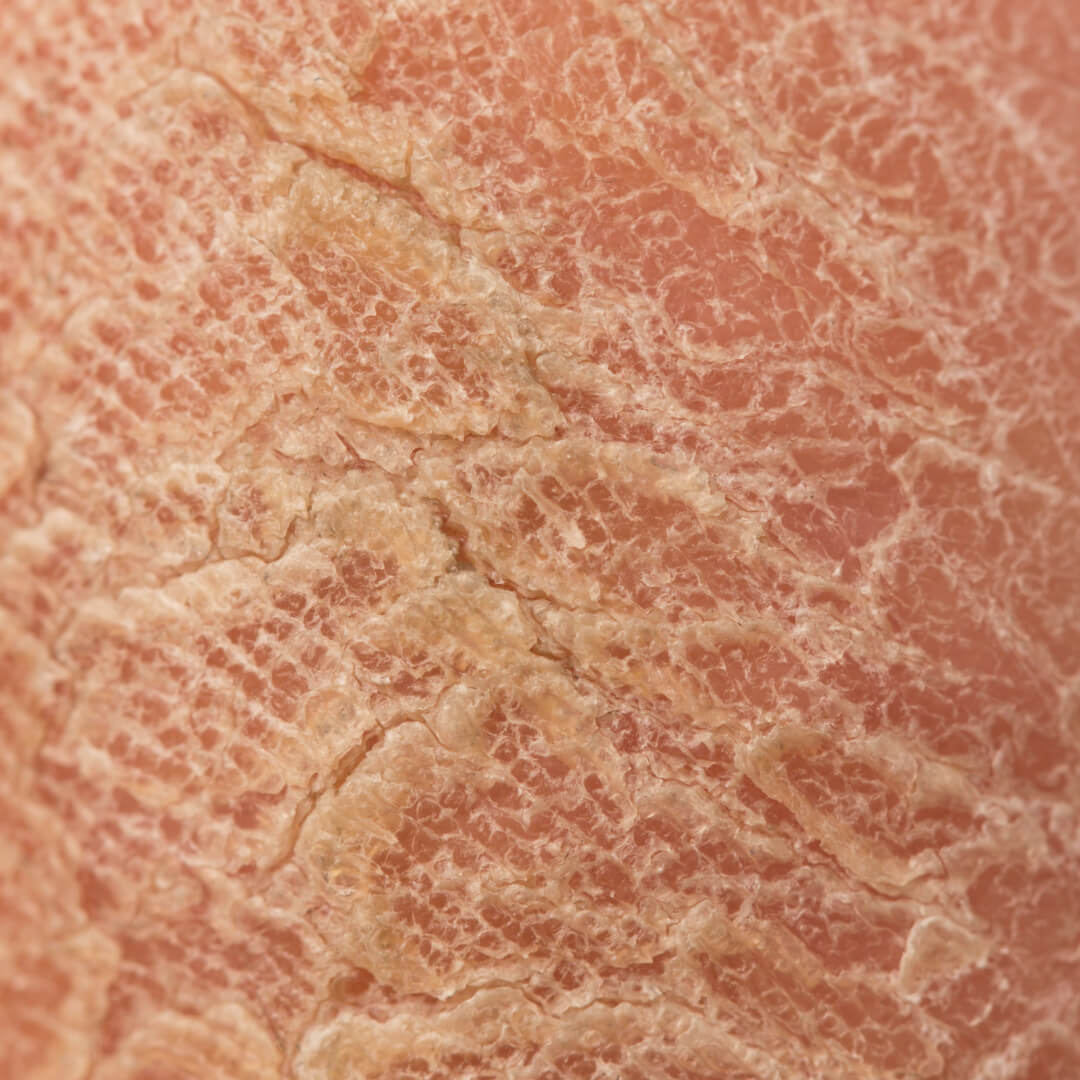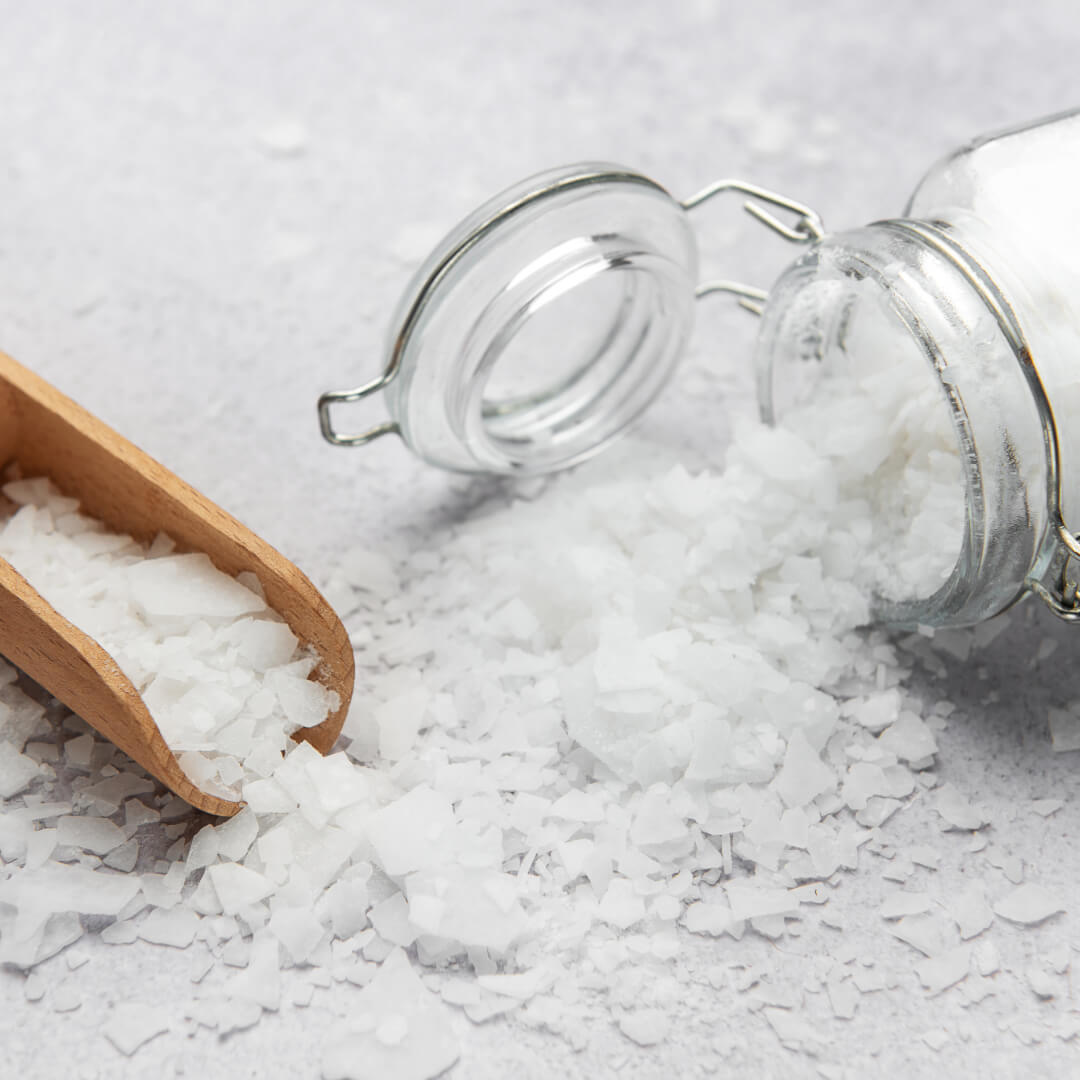Calluses and thickened skin on the feet can be uncomfortable, but if you have diabetes, treating them the wrong way could open the door to serious problems. A quick scroll through social media shows people enthusiastically shaving off layers of hardened skin with cheese‑grater–style files or at‑home callus shavers. The appeal is obvious – you can see the dead skin “snow” fall off, giving the illusion of instantly smooth feet. But podiatrists and dermatologists warn that this satisfaction comes at a high price.
People with diabetes are particularly vulnerable. High blood sugar can damage nerves and blood vessels, leading to neuropathy and poor circulation. This means cuts on the feet may not be felt, heal slowly and become infected. Even small wounds can turn into ulcers that are difficult to treat. When you drag a metal file or sharp blade across your skin, you risk creating microscopic tears that you might not notice. Those micro‑injuries are a welcome mat for bacteria and viruses, potentially leading to serious infections. This article explains why cheese‑graters, Ped Egg devices and other DIY callus blades are so risky, and offers gentler, evidence‑based alternatives that will keep your feet healthy.
Why People Reach for Cheese‑Graters
Coarse foot graters have tiny blades reminiscent of kitchen cheese graters. They’re marketed as quick, inexpensive ways to remove thick skin and calluses. The tool delivers instant, visible results: thick flakes of skin collect in the chamber, making users feel productive. You might see similar videos on TikTok and assume these devices are harmless, but the gratification masks what’s really happening.
What Actually Happens When You Grate Your Feet
-
Micro‑wounds and infection risk – When used with too much force, cheese‑grater files create small raw wounds or cracks in the skin. Viruses and bacteria can seep into these openings, leading to infections and plantar warts. In diabetes, cuts heal slowly and infections can spread quickly.
-
Reactive hyperkeratosis – Calluses develop as a protective response to friction and pressure. When you remove them aggressively, the skin tries to defend itself by growing back thicker and harder – a process called reactive hyperkeratosis. Frequent use of graters encourages the skin to become thicker and harder over time. Over‑filing may temporarily smooth the surface but often makes calluses worse in the long run.
-
You could be cutting living skin – Some calluses provide necessary cushioning. Over-filing can remove too much tissue and cause bleeding or pain.
-
Misdiagnosing warts as calluses – At‑home trimmers and graters make it easy to trim what you think is a callus but may actually be a plantar wart. Cutting into a wart opens the wart virus, allowing it to spread to other parts of your body or to other people. Without professional evaluation, you may unknowingly spread the infection.
-
Lack of regulation and sanitation – Several state cosmetology boards have banned cheese‑grater foot files in salons. In fact, they are illegal in many states and can lead to an infection because of how deeply they cut into your skin. Even if the tool is sanitized, there’s no guarantee the nail tech knows how much pressure is safe, especially for people with diabetes.
Lear more from Podiatrist Dr. Kevin Jefferson in this video on his YouTube channel.
Why Diabetic Feet Are Especially Vulnerable
Diabetes affects the body’s ability to fight infection and heal wounds. High blood sugar damages nerves and reduces sensation; you might not notice when a foot file or callus shaver breaks the skin. Diabetes also stiffens and narrows blood vessels. Poor circulation slows healing, making infections more likely to spread and foot ulcers more difficult to treat. Because neuropathy reduces pain sensation, many people continue to use graters even as they damage healthy tissue. This combination—reduced feeling and slower healing—makes DIY callus removal with any blade extraordinarily risky for diabetic feet.
For more on why calluses develop and how to prevent them, see our Managing Diabetic Calluses article.
What About Other DIY Callus Shavers?
Ped Egg and similar devices
The Ped Egg infomercial promises a budget‑friendly way to file off calluses and neatly collect the shavings. But Lexington Podiatry warns that the Ped Egg is not podiatrist‑approved, especially for people with diabetes. Neuropathy and poor circulation put diabetic patients at high risk of developing serious healing problems, so trimming calluses with a Ped Egg could create open wounds that go unnoticed and become infected. Even non‑diabetic users may get “trim‑happy” and cut into healthy skin, raising the risk of wounds and infection.
Pumice stones and DIY scrubs
Pumice stones are gentler than rasps, but they can still cause problems if used incorrectly. Pumice stones are a safer alternative to metal graters but should be used gently because even minor abrasions can lead to serious wounds in people with diabetes. If you cannot see the bottoms of your feet or lack sensation because of neuropathy, it’s easy to over-exfoliate without realizing it. Always consult your podiatrist before using any abrasive tool at home.
Chemical callus removers and acid peels
Some over‑the‑counter callus treatments use salicylic acid or strong chemical peels to dissolve thickened skin. These products often carry a warning not to use them if you have diabetes or poor circulation. Salicylic acid can damage healthy tissue and increase the risk of skin breakdown and ulcers in diabetic feet. High concentrations of acids can burn or erode living skin, particularly when sensation is reduced.
Prolonged foot soaks
Foot soaks may seem soothing, but they can be problematic for diabetic feet. Epsom salt can dry out skin and cause cracks, creating tiny injuries that act as portals for infection. Even warm‑water soaks without salt can make skin fragile. If you use a soak at all, limit it to 5–10 minutes and avoid additives that dry or irritate skin. Instead of soaking, focus on gently washing, moisturizing and protecting your skin.
See why diabetic patients should rethink foot soaks in Epsom salt foot soaks: friend or foe?
How to Treat Calluses Safely
1. See a podiatrist for evaluation and debridement
If you notice thick, painful or recurring calluses, schedule an appointment with a podiatrist. They can determine whether the thickened area is a callus, wart or other lesion and safely remove the hardened skin using sterile tools. Professional debridement reduces pressure without cutting too deeply and allows the podiatrist to inspect for hidden ulcers. Your podiatrist may also recommend custom orthotics or off‑loading devices to redistribute pressure and prevent callus recurrence.
2. Choose salons trained in diabetic foot care (if you opt for a pedicure)
If you enjoy pedicures, don’t be afraid to pamper yourself—just be selective. Look for a medical pedicure or medi‑pedi performed by a certified medical nail technician under a podiatrist’s supervision. These services use waterless procedures, sterilized instruments and gentle sanding files instead of metal graters. Technicians trained in diabetic foot care understand how much callus to remove and when to stop. Ask your technician to skip aggressive exfoliation and never let them use a grater or blade.
See our medical pedicure tips.
3. Use gentle exfoliation and moisturizing creams
Daily moisturizing keeps skin supple and helps prevent calluses from cracking. Urea and lactic acid creams are safe and effective keratolytics that hydrate and soften thick skin without using blades. Choose fragrance‑free formulations and avoid applying lotion between your toes to prevent moisture buildup.
For more tips on keeping diabetic skin hydrated, read Understanding Dry Diabetic Feet.
4. Practice daily foot care and inspection
Keeping your skin healthy reduces the need for aggressive callus removal. Wash your feet with mild soap, dry them thoroughly and moisturize daily. Inspect your feet every day for redness, swelling or open skin. Wear properly fitting shoes and cushioned socks to minimize friction and pressure. Maintain good blood sugar control and see your podiatrist at least once a year or more often if you have neuropathy or a history of ulcers.
Why SkinIntegra® Rapid Crack Repair Cream Is Ideal for Diabetic Callus Care

Many over‑the‑counter callus products rely on high concentrations of urea (40 % or more) to break down thickened skin. While these stronger keratolytics soften calluses, they fail to address the skin’s barrier repair needs and can cause stinging or over‑exfoliation on fragile diabetic skin. An effective callus treatment for people with diabetes must soften hardened tissue and rebuild the barrier that keeps moisture in and pathogens out.
To learn why the skin barrier is so important and how to support it, visit our skin barrier repair guide.
SkinIntegra® Rapid Crack Repair Cream was designed specifically for this dual purpose. Unlike basic moisturizers, it softens hyperkeratotic skin and reinforces the skin’s defense, making feet less prone to repeated trauma and callus formation. The formula delivers both keratolytic and barrier‑repair benefits in one step. Key features include:
-
Clinically proven efficacy – In a head‑to‑head four‑week trial comparing SkinIntegra with a leading 40 % urea cream, the SkinIntegra formulation provided faster healing with less irritation. Participants experienced significant improvement in pedal fissures without the burning sensation that sometimes accompanies high‑urea products.
-
Safe for diabetic and compromised skin – The cream is formulated without harsh acids, preservatives or fragrances, making it non‑sensitizing and non‑irritating even on delicate, cracked skin. This is vital for patients with neuropathy who may not feel minor burns until they become major wounds.
-
Patented barrier‑renewing composition – SkinIntegra uses a clinically balanced blend of skin‑identical lipids and fatty acids, antioxidants and minerals to replenish what compromised skin lacks. By restoring the “mortar” between skin cells, it reduces transepidermal water loss, supports healing and helps resist future breakdown.
-
Lightweight, non‑greasy texture – Unlike petrolatum‑based ointments that sit on the surface, SkinIntegra absorbs quickly yet provides sustained protection. Patients can apply it morning and night without leaving residue that might attract dirt or cause slips.
-
Podiatrist endorsement – Increasingly adopted in podiatry clinics, SkinIntegra is used to support proactive care plans, especially for patients at risk for cracking, fissures or infection. Its evidence‑based formulation gives clinicians confidence that it can be safely recommended for ongoing use between visits.
For best results, apply the cream twice daily to clean, dry feet. Use gentle circular motions to cover heels, balls of the feet and other callus‑prone areas, but avoid the spaces between your toes. Incorporating SkinIntegra into your daily routine provides continuous exfoliation and barrier repair, helping prevent calluses from returning and reducing the need for aggressive interventions.
Frequently Asked Questions
Q: Isn’t it okay to use a foot file if I’m gentle?
A: No. With neuropathy, you can’t always feel when you’ve gone too far. Even light pressure with a cheese‑grater file can produce micro‑tears that allow infection. Instead, use a pumice stone sparingly and under your podiatrist’s guidance.
Q: I’ve used a Ped Egg for years without issues. Why stop now?
A: The absence of immediate problems doesn’t mean it’s safe. Over time, micro‑damage accumulates and can lead to thickened skin, infections or unrecognized wounds. The American Diabetes Association recommends professional care for callus trimming to minimize risk.
Q: Are chemical callus pads safe?
A: Callus pads containing salicylic acid can burn healthy skin and are generally contraindicated for diabetic feet. If you see “do not use if you have diabetes” on the label, heed the warning and talk to your doctor about safer options.
Q: Should I soak my feet before using a pumice stone?
A: Soaking can make skin overly soft and more susceptible to injury. A brief warm rinse may help, but avoid long soaks or Epsom salts that dry the skin. Pumice stones should be used gently because even minor abrasions can lead to serious wounds in people with diabetes.
Conclusion
Removing calluses with metal graters, Ped Eggs or sharp blades might be satisfying at the moment, but for people with diabetes the risks far outweigh the benefits. These tools can create unseen cuts, invite infection and even cause calluses to return thicker and harder. State cosmetology boards recognize the danger; cheese‑grater foot files are illegal in many states because they can cut deeply and lead to infection. Instead of reaching for a blade, choose gentle exfoliation and barrier‑repair creams, and let trained professionals handle any stubborn build‑up. With consistent daily care, safe products and regular podiatry visits, you can keep your feet healthy and avoid the complications of DIY callus removal.
